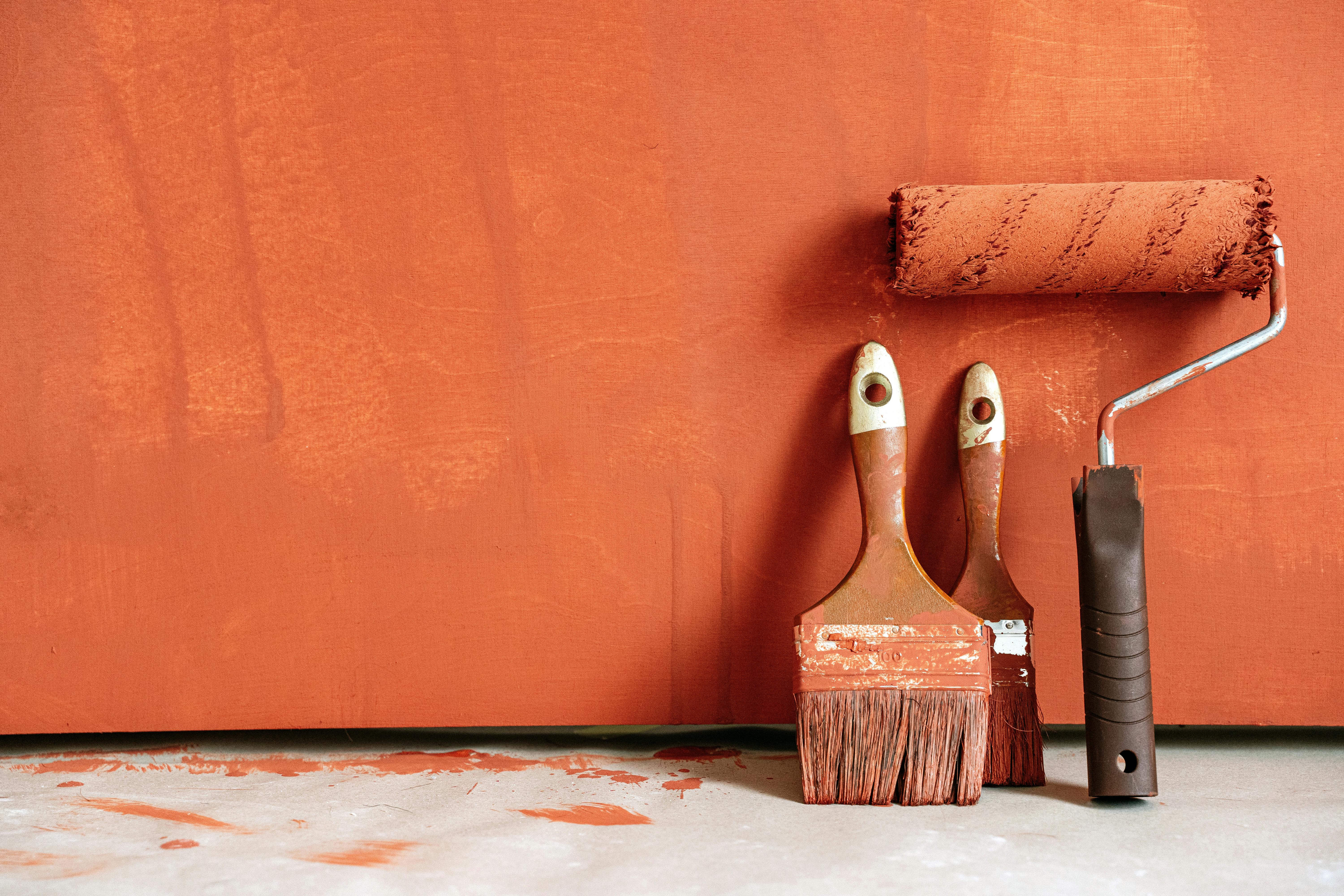Interior Painting Guide for Home Projects and Painter Careers
Refreshing interior paint is one of the most effective ways to change the look and feel of a living space without major renovation. A successful interior painting project balances color choices, surface preparation, material selection, and technique. Whether you plan to do the work yourself, hire a painter, or explore painting as a career, understanding the core steps and considerations helps ensure durable finishes, healthy indoor air, and a result that suits your home’s layout and lighting.

painting: techniques, tools, and finishes
Good painting begins with picking the right technique and finish for each surface. Rollers are efficient for large flat walls; angled brushes help with trim and corners; and small detail brushes or foam can manage tight spots. Common finishes include matte, eggshell, satin, semi-gloss, and gloss; each differs in sheen and durability. Rooms that see moisture or heavy use, like kitchens and bathrooms, often benefit from higher-sheen paints for easier cleaning. Proper technique includes cutting in edges before rolling, working in consistent sections, and maintaining wet edges to avoid lap marks.
Second coats, applied after adequate drying, improve color depth and durability. Use high-quality tape for clean lines and consider drop cloths and protective sheeting for flooring and furniture. For textured walls, use thicker-nap rollers; for smooth surfaces, opt for a short-nap roller to reduce stipple. If using oil-based products or strong primers, ensure adequate ventilation and follow manufacturer instructions for drying times and recoating.
interior: preparing spaces and addressing common issues
Preparation is often the most time-consuming part of an interior paint job and has a direct impact on the final result. Start by cleaning walls to remove dust, grease, and fingerprints; soap and water or a trisodium phosphate substitute work for many stains. Repair holes, cracks, and loose plaster with appropriate fillers; sand smooth once dry. Sand glossy surfaces to promote adhesion and remove flaking paint. Mask off trim, light switches, and outlets to protect hardware and to get crisp lines.
Addressing underlying problems—such as moisture, mold, or structural movement—before painting is essential. Persistent dampness or unsound surfaces will compromise paint performance. In bedrooms and living areas with good conditions, priming may be optional when changing between similar colors, but priming is recommended for dramatic color shifts, stained surfaces, or raw drywall to ensure even coverage and longer-lasting results.
painter: hiring, working with, and evaluating professionals
When hiring a painter, look for someone who communicates clearly about timelines, surface preparation, materials, and cleanup. A professional painter should provide a written estimate describing prep work, number of coats, paint brands and sheens, and a project schedule. Ask for references or examples of recent interior projects and discuss how they handle delicate surfaces such as crown molding, hardwood trim, or built-in furniture.
During the project, confirm that the painter uses appropriate protective measures for flooring and furnishings, ventilates the space, and follows agreed-upon color and finish choices. If you’re hiring local services in your area, clarify warranty or touch-up policies for small defects after completion. Evaluate the final work by checking for uniform sheen, clean edge lines, and consistent coverage without drips or missed spots.
career: becoming a professional painter and skill development
A painting career combines manual skill, color knowledge, and customer-service ability. Entry paths include apprenticeships, vocational training, on-the-job learning with experienced painters, or small business ownership. Core skills include surface preparation, material knowledge (types of primers and paints), efficient use of tools, and the ability to estimate materials and labor. Safety practices—like proper ladder use, ventilation, and handling of solvents—are equally important.
Many painters expand their services to include wallpaper, textured finishes, cabinet refinishing, or decorative techniques. Developing a reputation for reliability, clean work, and accurate quotes helps growth. For those running a painting business, basic bookkeeping, client communication, and marketing (including online visibility for local services) are necessary complements to trade skills.
home: color selection, sampling, and maintenance
Color choice affects perceived room size, mood, and light. Lighter colors can make a room feel larger and reflect more light, while darker tones create intimacy and depth. Consider testing paint samples on different walls and observing them at various times of day under both natural and artificial light. Small swatches can look very different when scaled to an entire wall or when contrasted with trim and flooring.
Maintenance keeps a painted interior looking fresh: clean painted surfaces gently with a mild detergent, touch up scuffs with leftover paint when possible, and address any water stains or mold promptly. Trim and baseboards may need more frequent cleaning and occasional repainting in higher-traffic homes. Keep a labeled sample of each paint color and finish used for future touch-ups or extensions of the project.
Conclusion
Interior painting blends practical preparation with aesthetic decisions. Whether you’re tackling a DIY refresh, coordinating with a professional painter, or considering painting as a career, attention to surface prep, correct products, and disciplined technique leads to better outcomes. Thoughtful color selection, testing, and ongoing maintenance extend the life and appeal of painted interiors, helping spaces in your home feel refreshed and well cared for.






